
At the beginning of the 20th century, Apollinaire was perhaps the most influential supporter of innovative painting. De Chirico regularly attended the Sabbath meetings at Apollinaire’s apartment; thanks to the articles of Apollinaire, the name of the artist became known to the public. The picture is completely different from the traditional portrait, but Apollinaire himself was very enthusiastic about it.
The poet is indicated here with a silhouette in the background. He called this work “unique,” “deep.” He, speaking of the white arc drawn on the face profile, noted that it gives the silhouette a similarity to the target. Subsequently, this detail was declared prophetic.
With the outbreak of World War II, Apollinaire got to the front, where he received a dangerous wound to the head, which caused his premature death. In the painting of de Chirico, the silhouette of Apollinaire forms the background for a strange, carefree bust – and even with dark glasses covering her eyes. This bust is enclosed in a space resembling a box with a bizarre outgrowth on the edge.
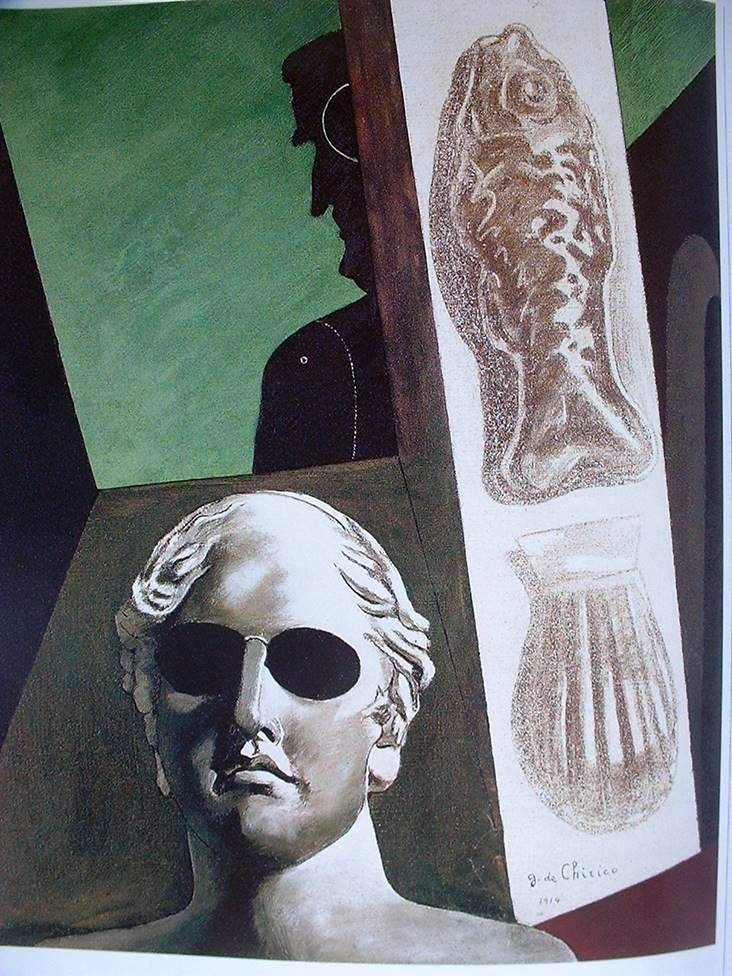 Portrait de Guillaume Apollinaire – Giorgio de Chirico
Portrait de Guillaume Apollinaire – Giorgio de Chirico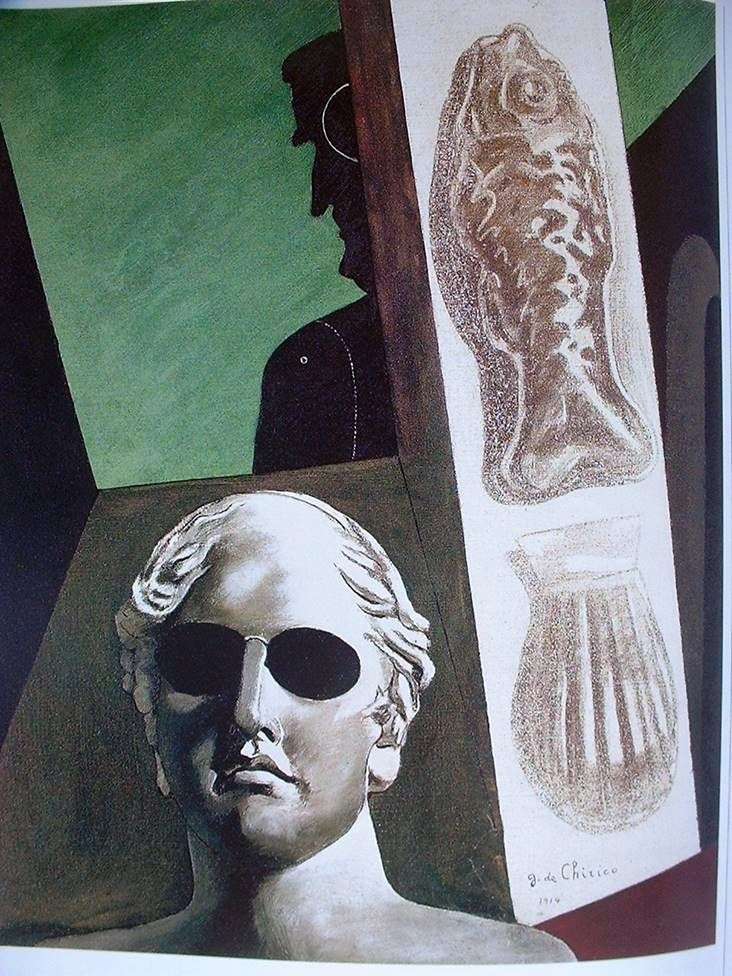 Retrato de Guillaume Apollinaire – Giorgio de Chirico
Retrato de Guillaume Apollinaire – Giorgio de Chirico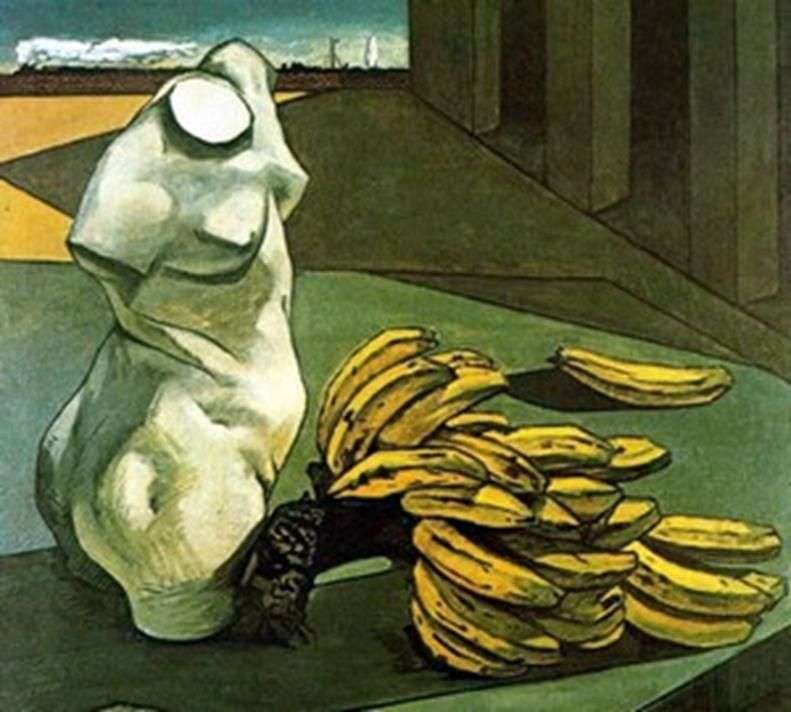 Uncertainty of the poet by Giorgio de Chirico
Uncertainty of the poet by Giorgio de Chirico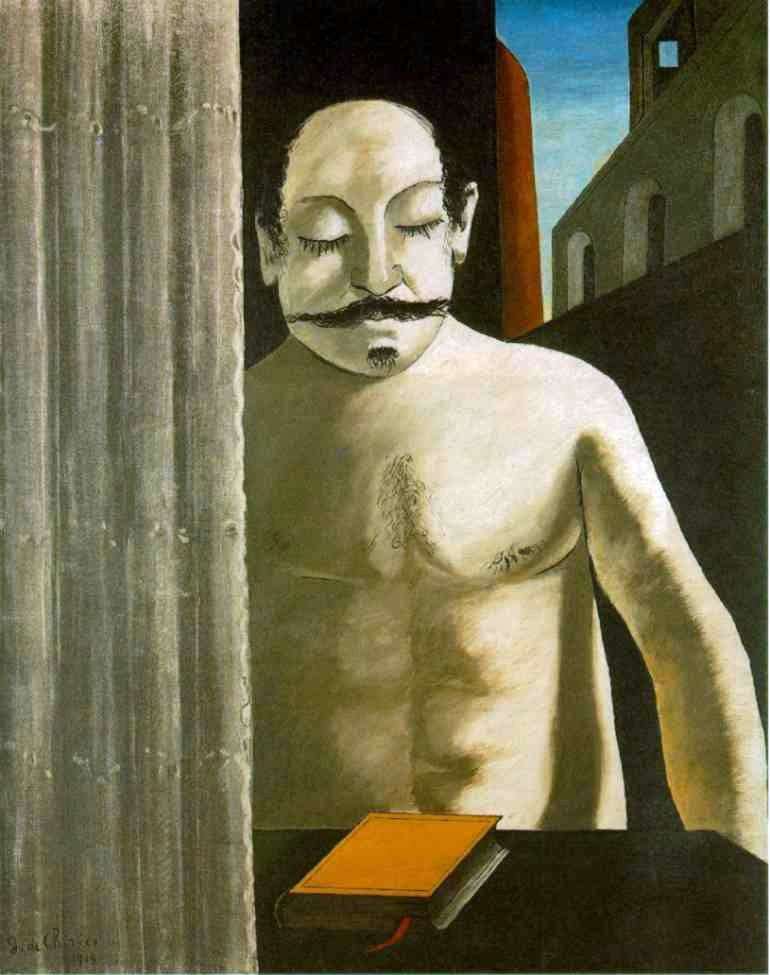 Child’s mind by Giorgio de Chirico
Child’s mind by Giorgio de Chirico Self-portrait by Giorgio de Chirico
Self-portrait by Giorgio de Chirico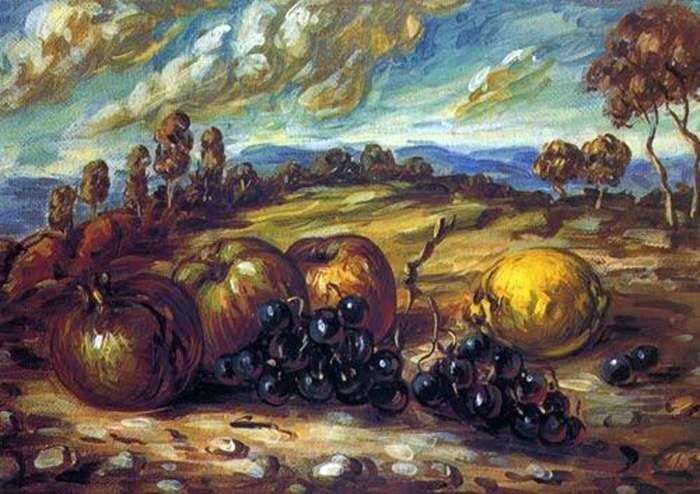 Fruit in the landscape by Giorgio de Chirico
Fruit in the landscape by Giorgio de Chirico Self-Portrait in the Garden by Giorgio de Chirico
Self-Portrait in the Garden by Giorgio de Chirico Return of Ulysses by Giorgio de Chirico
Return of Ulysses by Giorgio de Chirico